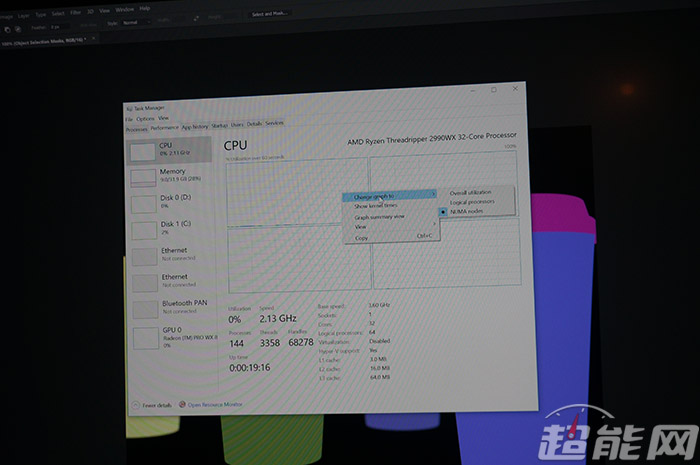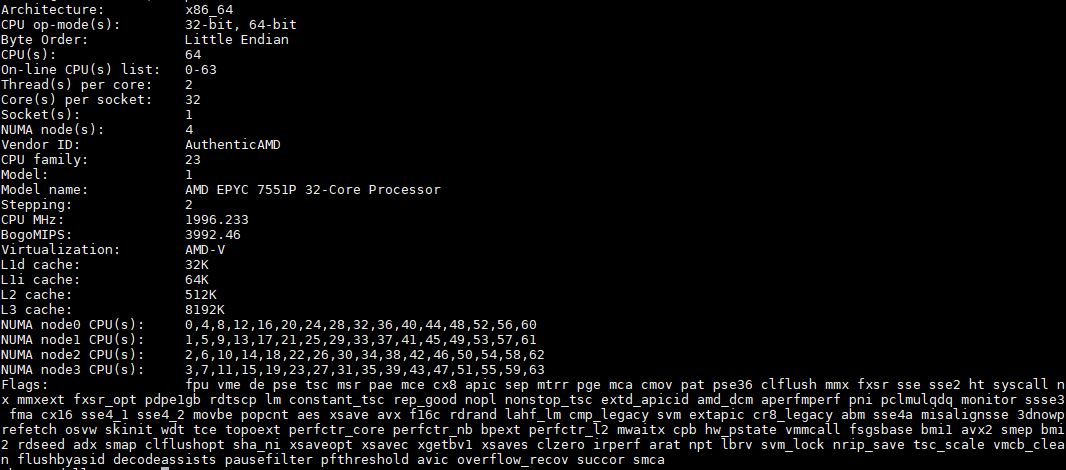I don't see how The Stilt is wrong in his assessment of HEDT capabilities of Intel's Skylake-X offerings when he talks about the actual workloads a typical HEDT user might run on his system.
Let's take two threads in this forum and analyze how Intel fares in terms of performance in the HEDT space.
In the thread that polls what type of workloads people need more cores for, 3D-rendering is one of the least popular use cases. Incidentally Threadripper does very well in rendering as long as it is not AVX2 heavy, primarily due to the fact that AMD provides more cores for a given price point. In the industry, modern renderers make heavy use of AVX2 and the gap is much closer than what something like Cinebench would suggest.
If we look at the other end, then one of the most popular use-case scenarios is no doubt video encoding. Now looking at the data from the
4K Handbrake HEVC benchmarking thread, it is clear that x265 favors wider faster cores above all else, and Intel enjoys an advantage here since they can execute 256b ADD and MUL operations simultaneously, which AMD cannot. That's why a quad core 4970K isn't far behind a Ryzen 5 1600, or why an 8700K is comfortably ahead of the 2700X. With AVX512 support being slowly incorporated into x265, Skylake-X enjoys a strong lead in terms of performance over Threadripper; the only reason why the latter is more
viable at this moment is because of Intel's retarded pricing that allows AMD to offer more cores for less $$$.
The other two popular use case scenarios is virtualization and scientific computing. Now, owing to the relative immaturity of the AMD platform, there is no doubt that many people would be inclined to choose Intel because of the software situation on AMD, but this is changing slowly, and both AMD and Intel will hopefully be equally viable for virtualization in the future.
As for scientific computing, many modern scientific code can take advantage of AVX2 and AVX512, and sometimes the scaling is almost linear. It is only in certain CFD/CFD-like workloads which are completely memory-bound that this advantage evaporates for Intel. For those situations, EPYC is more viable due to the eight memory channels, but you won't have that on HEDT. Having said that, the general consensus is that the strong point of Zen is in integer workloads, while Intel is much stronger in floating-point workloads(due to AVX2/512). Since most scientific workloads are of the latter type, Intel still has the performance edge here.
So like The Stilt says, AMD's HEDT challenge hinges on how they address the problem of weaker vector-SIMD performance with Zen 2. According to the rumor mills, the future looks promising.




